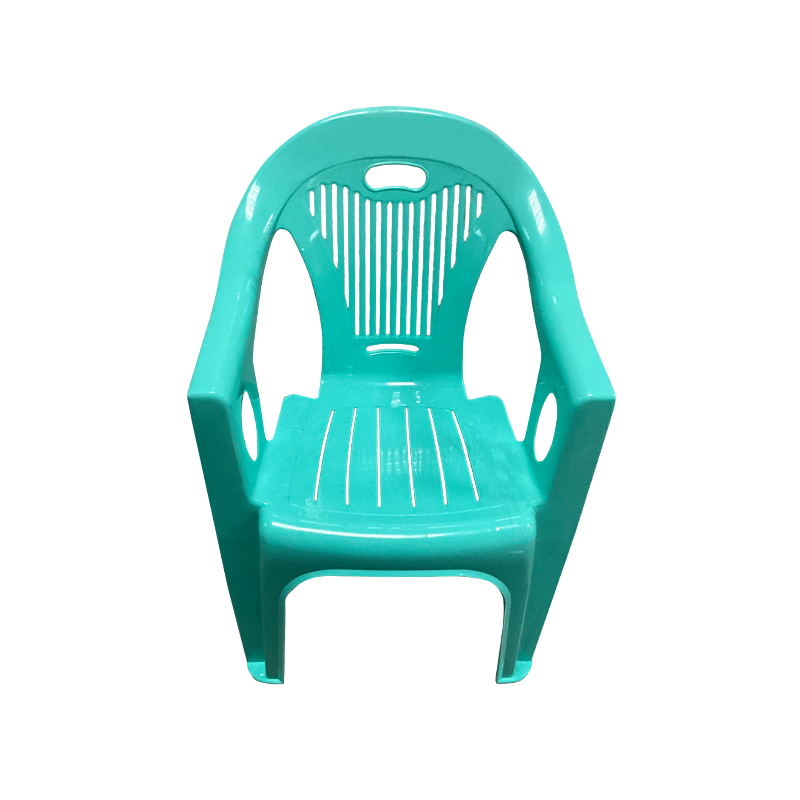The Plastic Thin Space Cup Mould represents an innovation in the manufacturing o...
-

+86-15068654601
-

No.62 Zhao Feng Road, Huangyan, Taizhou, Zhejiang, China

+86-15068654601

No.62 Zhao Feng Road, Huangyan, Taizhou, Zhejiang, China
China plastic chair molds manufacturer are essential tools in the manufacturing of plastic chairs, widely used in homes, offices, outdoor settings, and commercial spaces. These molds are designed to produce multiple chairs with consistent quality, ensuring strength, durability, and aesthetic appeal.

Key Properties of Plastic Chair Molds
Plastic chair molds possess several distinct properties that influence the quality of the final product and the efficiency of the manufacturing process.
Durability and strength: High-quality molds are typically made from hardened steel or aluminum alloy. Steel molds offer durability and can withstand high-pressure injection processes over long production runs. Aluminum molds are lighter, easier to handle, and heat up faster, making them suitable for lower-volume production or rapid prototyping.
Precision and uniformity: Molds are designed to maintain consistent dimensions and surface finishes across all chairs produced. Precision in the mold ensures that every chair has the same shape, thickness, and structural integrity, reducing the likelihood of defects or weak points.
Thermal conductivity: Efficient heat transfer is a key property of molds, affecting the cooling rate and cycle time of chair production. Molds with well-designed thermal channels allow for even cooling, reducing warping, shrinkage, or surface imperfections in the plastic chairs.
Surface finish: The internal surface of the mold is polished or treated to achieve the desired texture on the plastic chair. This can range from smooth glossy finishes to patterned textures that improve grip or aesthetics. Proper finishing also facilitates easier demolding and reduces sticking of the plastic to the mold.
Modularity and adaptability: Some molds are designed with modular inserts or adjustable features, enabling minor design changes without creating an entirely new mold. This flexibility allows manufacturers to produce different chair styles or incorporate updated design elements efficiently.
These properties collectively ensure that plastic chair molds deliver high-quality, consistent, and visually appealing products.
Functional Features
In addition to their physical properties, plastic chair molds include features that enhance performance, production efficiency, and ease of maintenance.
Cooling channels: Integrated cooling channels allow controlled circulation of water or other cooling fluids, maintaining consistent mold temperature. Proper cooling reduces cycle time, ensures uniformity, and minimizes the risk of defects.
Ejection system: Ejector pins or plates are included to remove finished chairs from the mold safely and efficiently. A well-designed ejection system reduces the risk of damage during demolding and maintains high production speed.
Alignment and clamping: Guide pins and precise alignment mechanisms ensure accurate closure of the mold halves during injection. Proper clamping prevents flash, uneven surfaces, or warping of the chair.
Corrosion resistance: Steel molds are often coated or treated to resist corrosion from moisture, cleaning agents, and the high-temperature plastic injection process. This extends the lifespan of the mold and ensures consistent product quality.
These functional features improve mold performance, reduce production errors, and support long-term use.
Precautions for Use
To maximize the lifespan and performance of plastic chair molds, certain precautions should be observed during operation.
Regular cleaning: Residual plastic or debris should be removed after each production cycle. This prevents surface imperfections, sticking, and potential damage to the mold cavity.
Proper temperature control: Avoid overheating the mold, as excessive temperatures can cause warping, cracking, or degradation of mold materials. Maintain recommended temperature ranges for the specific plastic material being used.
Controlled injection pressure: Using appropriate injection pressure prevents damage to mold surfaces and ensures uniform filling. Excessive pressure may cause flash or deformation in the mold.
Routine inspection and maintenance: Regular inspection of cooling channels, alignment pins, and ejector systems helps identify wear or misalignment before major issues occur. Timely maintenance prolongs mold life and maintains product consistency.
Safe handling: Molds should be handled carefully during installation, removal, or maintenance. Steel molds are heavy and may require lifting equipment, while aluminum molds should be protected from impacts that could distort cavity shapes.
Use compatible materials: Ensure that the plastic materials used are compatible with the mold’s surface finish and thermal properties to prevent sticking, excessive wear, or chemical degradation.
By following these precautions, manufacturers can ensure consistent production quality and extend the service life of plastic chair molds.